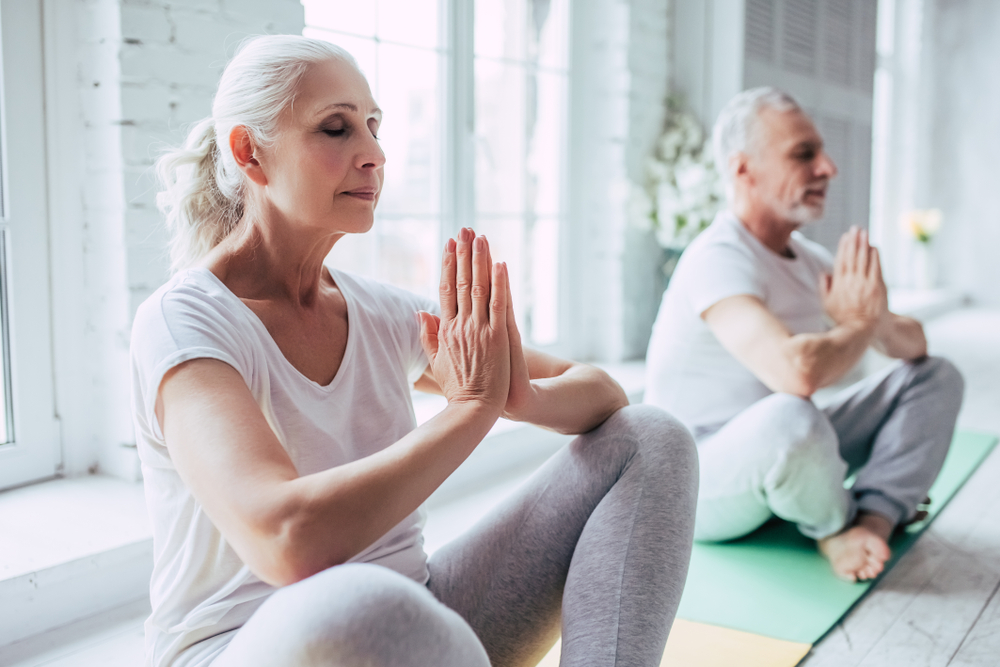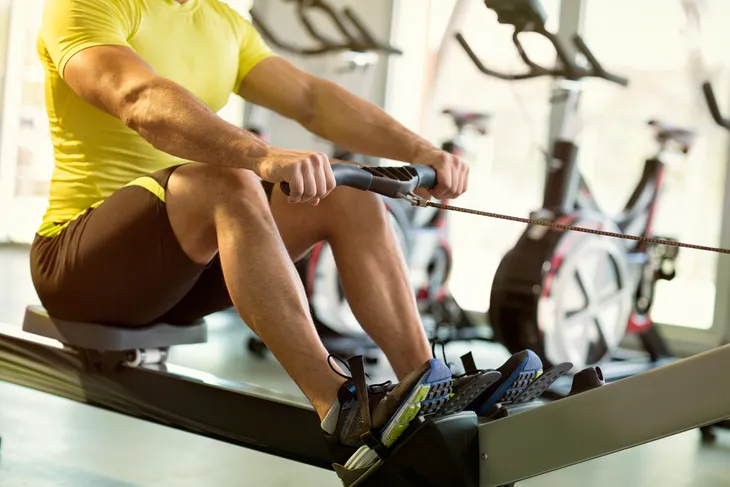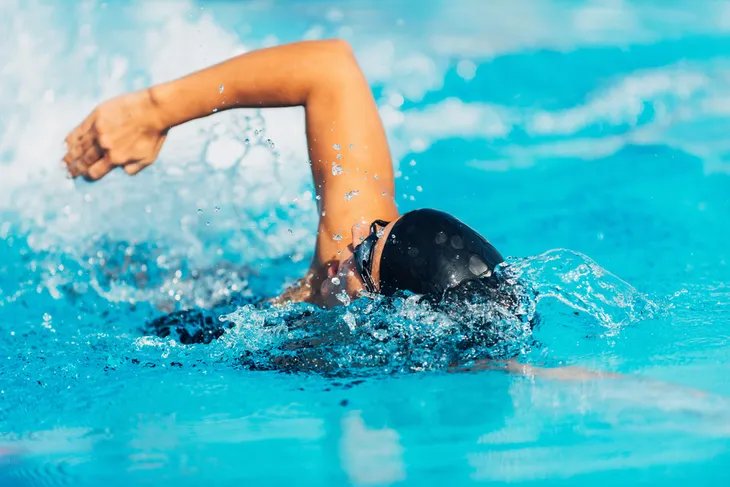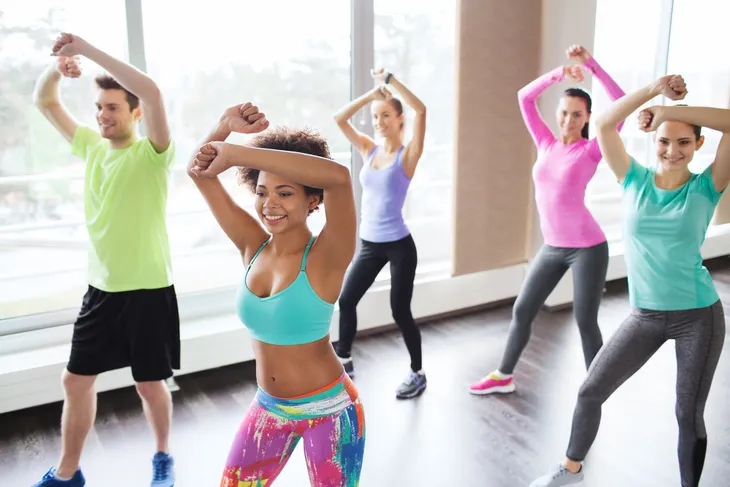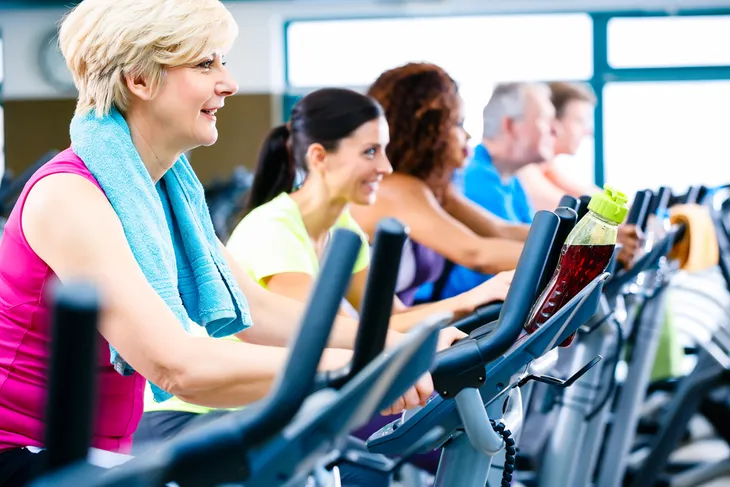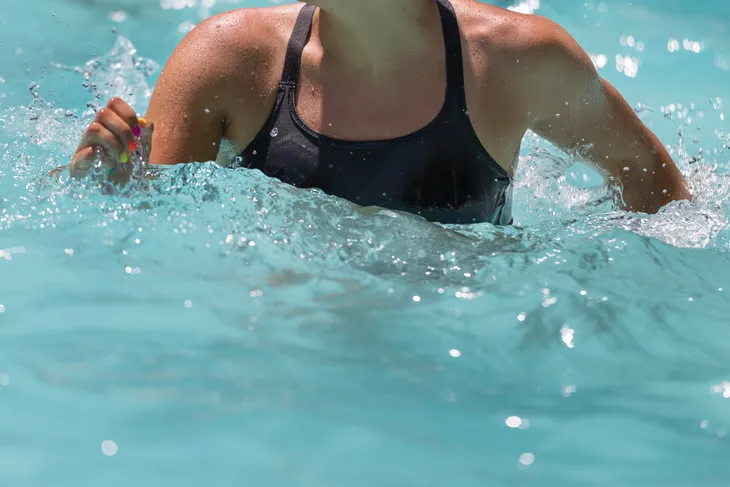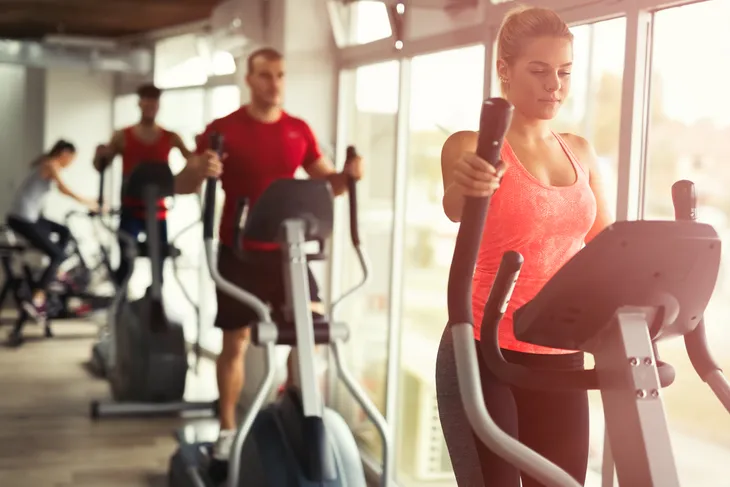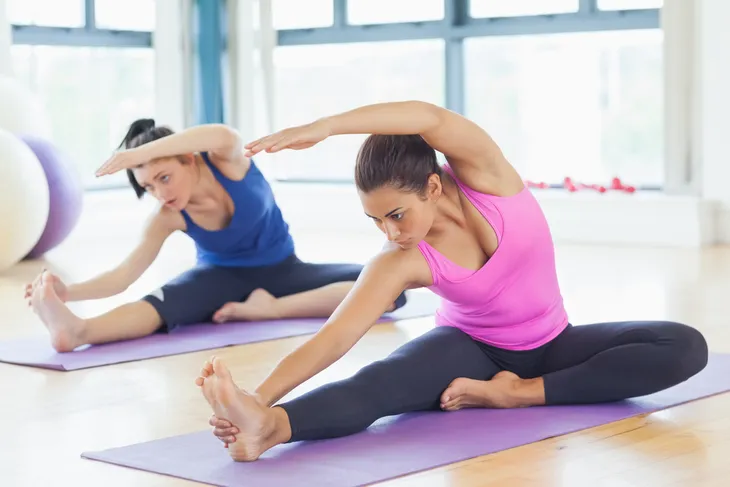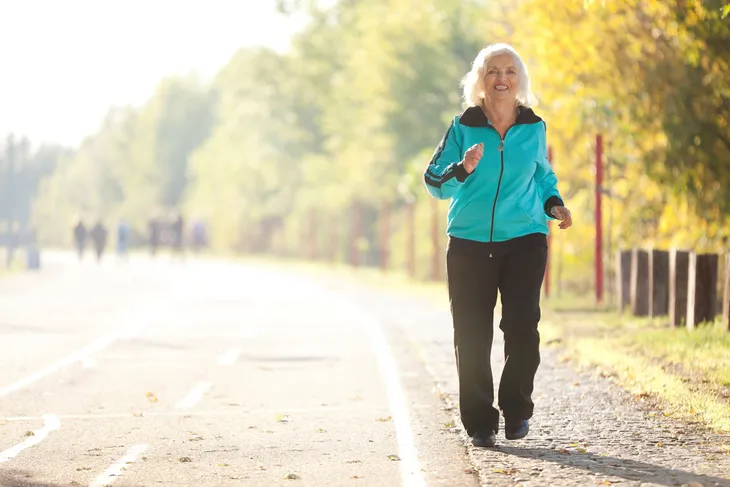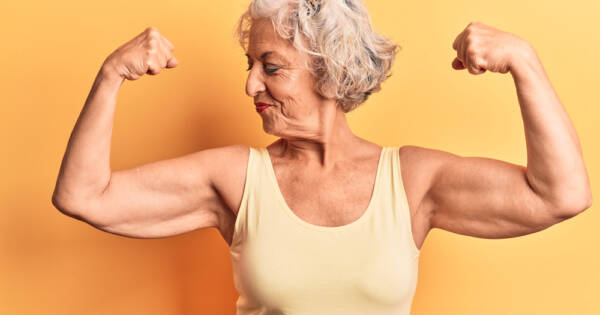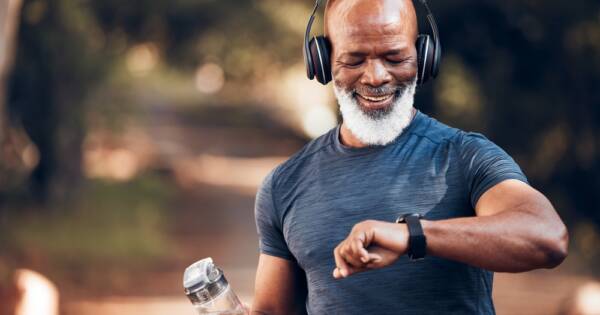Exercising can be brutal on your joints. And injuries, whether from exercising or not, can knock you off your exercise routine and leave you unsure how best to exercise without further injuring yourself or preventing injuries in the future. If you’re committed to a healthy lifestyle, including regular exercise, it’s worth it to incorporate or even only use low impact exercises in place of exercises that continually injure or strain muscles and joints.
Contrary to what their name might imply, low impact workouts can be just as intense and effective–or even more so– as high impact exercises. So give your joints and bones a break, and try out some of these 10 effective low impact workouts…
Rowing
The gliding movement of a band or chain on a rowing machine, or the water resistance when you’re rowing a real boat, has a low impact on your joints but a high impact on your physical abilities. Rowing requires leg, core and arm strength, and a great deal of cardio, making it an ideal workout at a low impact level.
If you buy a machine for your home or when you use one at the gym, make sure you’re doing it right–doing it wrong could hurt your back, so ask for instruction and a demonstration before you hop on and burn calories with ease.
Swimming
Whether you’re in a pool, lake or the ocean, swimming is a total-body workout that’s easy on your joints – especially if you have arthritis or joint and bone pain. Swimming is a great aerobic exercise that can help you lose weight, strengthen your core, increase your flexibility and improve your cardiovascular health.
The buoyancy when your body is submerged in water makes you feel light, and the water’s resistance makes movement challenging, but with low impact. According to the CDC, people can exercise in water longer than on land, and without any additional effort – so you can push yourself without extra strain.
Zumba
Zumba broke out onto the scene in North America in the early 2000’s and has become one of the most popular forms of dance classes at gyms and fitness centers all over the world. It incorporates several styles of low impact dance, including hip hop, salsa, merengue, tango, flamenco, reggae and others, has fast and slow aspects, and has some resistance training mixed in.
Zumba is also a fun exercise, ideal for doing with a group of friends to share some laughs and keep each other motivated. It adds diversity to a healthy lifestyle, and you’ll hardly feel you’re working out when you’re having so much fun.
Cycling
Cycling and indoor spin classes have a low impact on your joints while providing cardiovascular conditioning and strength training in your legs and core. If you typically need extra motivation, spin classes are a good alternative to outdoor cycling – the instructors are intense and help you push yourself, kind of like personal trainers. Like many forms of exercise, interval training burns more calories.
To get the most out of cycling, both indoors and out, incorporate intervals into your routine – mix up the speed, resistance, and even terrain, if possible. And if you’re going to cycle outdoors regularly, it’s worth buying a bike that’s right for your body to avoid strain on your knees.
Rollerblading
Rollerblading doesn’t need to be left as a memory of your youth – it’s a great, low impact workout that will get your blood pumping, strengthen your heart, and give you killer legs. Unlike running or some other cardio-intense workouts, rollerblading doesn’t put nearly as much stress on your joints because of the gliding movements. You still have to push hard but the lack of impact won’t have your ankles or knees protesting nearly as much afterwards.
Slip into your rollerblades, strap on some protective gear, and hit the streets. A half hour to an hour of rollerblading could burn 400+ calories.
Yoga
The low impact yoga has on your joints is just one of the many reasons so many people do it. Yoga can also reduce stress, greatly improve flexibility and muscular strength, help you sleep better, improve cardiovascular health – the list seems unending, as more and more health professionals and fitness experts discover the positive effect yoga has on the body.
You get a total body workout without having to do a circuit of machines, weights, and other exercises. And although anyone can pick up yoga, it’s also a perfect option when you sustain an injury – the variety of moves allow you to stay fit, even when you’re sidelined by an injury.
Water Aerobics
Just like swimming, water aerobics allows you to use the feeling of weightlessness and the water’s resistance to your advantage. Water aerobics is a low impact exercise that can suit any fitness level. Your whole body is worked and muscles are strengthened without impact and pressure on your joints often caused by other forms of aerobic exercise.
And for people who suffer from back problems, water aerobics can not only help you stay active and fit, but can also alleviate the pain. Aerobic exercise and cardiovascular conditioning are needed to improve blood flow and bring nutrients to relieve achy backs and joints – all while helping to prevent future back problems – so give water aerobics a try.
Elliptical Workouts
Working out using an elliptical machine is an extremely low impact exercise because both of your feet remain on the pedals at all times, decreasing stress and removing any impact on your ankles, back and hips. The smooth glide of the pedals should give you a pain-free workout that people at all fitness levels can enjoy.
Many machines also have poles for your arms to move in time with your legs, increasing the intensity of the workout and burning more fat. Elliptical machines are a good way to bump up your calorie burn, with hundreds of calories burned in a half hour to hour long workout.
Pilates
Pilates continues to grow in popularity in the fitness world because it’s an effective total-body workout, and it’s definitely low impact. And a lot of pilates moves don’t require equipment, making it a handy exercise you can do almost anywhere. You don’t have to be in top shape to pick up pilates – like many exercise routines, pilates offers a wide range of exercises, everything from the beginner to expert level.
Often the moves are made easier with a simple adjustment to the more difficult exercises that you’ll eventually work your way to. An added bonus? Because pilates is fairly core-focused, the strength you’ll gain in your core and back could prevent back issues or pain in the future.
Power Walking
Unlike jogging, running or sprint interval training, power walking is much easier on your joints but can still provide an intense cardiovascular workout, if that’s what you crave. When you run or jog, the pressure and impact on your ankles, knees and hips can build up over time, resulting in future joint pain or even osteoarthritis. But a good alternative is power walking, which allows you to get your heart rate up with low impact on your bones and joints.
You can even make it more challenging, burn more calories and work your muscles harder by adding arm and/or leg weights, or by carrying dumbbells.
